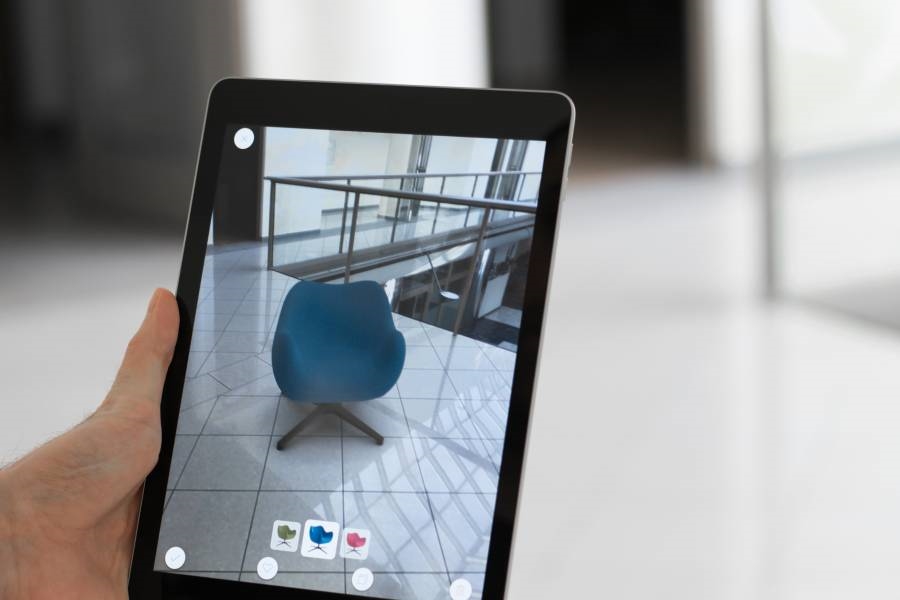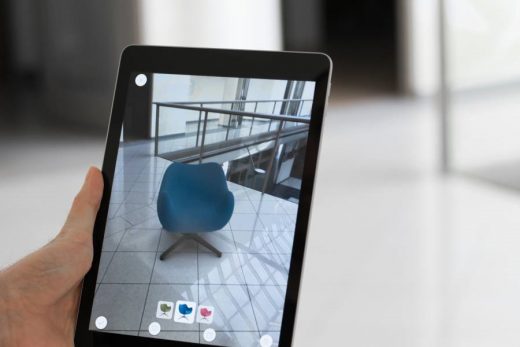How Online Shopping is Evolving with the Times
How Online Shopping is Evolving with the Times

Consumers are increasingly making high-consideration purchases online, and I believe this is a pivotal shift in the commerce landscape that will force retailers to rethink their customer experiences both online and in-store. Content will be key.
Traditionally, high-consideration purchases happened solely in stores.
When you think about a high-consideration purchase you’re talking anything that you invest a lot of time to research prior to purchase, such as a car or a mattress. Consumers came to physical locations, perhaps a showroom, and got to see, touch and test an item prior to taking out their wallet.
One main reason why these types of purchases haven’t traditionally been made online has to do with financial security fears.
But those are now long gone. Additionally, in the research phase of a purchase, online channels at one point didn’t really give consumers enough content and information to empower them to make a purchase.
Previously, there were very knowledgeable, seasoned sales reps in stores, whereas the online content would just give the very basic level of information about a product. And, a lot of retailers were not offering high-consideration purchases online, since it was considered a channel conflict with their traditional distribution channels.
But, all of this has already changed.

A New Internet Era
With high-consideration purchases, content and brand storytelling is becoming absolutely critical. And this content needs to come in many different formats. Coupled with advances in what consumers can do online and how fast they can do it, shoppers have become more comfortable with make high-consideration purchases without ever going into a store.
Think about it: Today, if I am in the market to purchase a new car, I can go to the manufacturer’s website to view both the interior and exterior via 360 video. I can change color schemes and see the end result. There are hundreds of thousands of YouTube videos from actual owners and forums for open and honest discussion.
People can now immerse themselves into a brand’s value proposition and the brand’s story before they even identify the specific product that they want to buy.
With all of this information at their disposal, consumers are empowered to make smarter purchases.
This has changed their perspective of the traditional showroom, where a salesperson is paid a commission to sell. People tend to question whether the sales reps really have a shopper’s best interest in mind. And as a result, a lot of shoppers can become turned off by the pushy salesperson environment.
Forward-thinking brands (think: Tesla) are turning their showrooms into experience centers, where people can go and experience their products. There are knowledgeable people there to help, but they aren’t on a commission plan and they actually aren’t allowed to sell anything.
Online Channels Tell The Brand Story
Another reason that high-consideration purchases are now made online is that consumer expectations have changed. They are no longer just looking for the best deal, and instead, things like the brand story and mission, are increasingly swaying people into purchasing products or doing business with a company.
The digital tools for engaging a consumer have also proliferated over the years.
Online video, 3D images, augmented reality, virtual reality, and more, have come into fruition and are helping brands better tell their stories. Traditionally, companies relied on salespeople to do this. And while some of them did an excellent job speaking to the brand and its mission, there’s a lot that comes into play when a person is trying to sell something.
- Are they coming off too promotional?
- Are they just trying to make money?
- Do they sound convincing when speaking to the brand story?
- There’s no way to ensure consistency in messaging across every single salesperson.
There’s no place like a brand website to really tell people your brand story, in a consistent way. And people want to know what your company values are, how you treat your employees, etc—that’s all part of the purchase decision nowadays.
Online channels allow you to not only tell your brand story, but also show it: behind the scenes with the designer, for example, and how they came to design this product. Perhaps it was created with all recyclable materials, and people can see how this actually came to fruition.
Remember, we are no longer in the business of selling products. We’re selling experiences, and online channels are enabling this trend.
Simplifying Highly Complex Purchases And Returns
Generally speaking, high-consideration purchases, are complex products. There are a lot of considerations, and often, these products come in many, different variations. Let’s use furniture as an example. You’re buying a couch. Most of the couches are custom manufactured.
You can look and setup how many blocks you want to make up the L shape for your size room. You can determine how many cushions you want. You can have hundreds of different fabrics and color swatches and different cushions and materials, so that the couch may actually have over a million different configurations.
In the store, you are lucky if they have one version of this couch you like so much.
You see the couch in the store and it is the one with three seats instead of four. You have to visualize what the one you actually want would look like. And then it’s only one fabric color you get to see in the showroom. Although you can look at the fabric sheet, you are still trying to visualize what it all looks like at the end, which leaves a lot up to the imagination.
In a digital environment, with tools such as 3D video and augmented and virtual reality, all of that guesswork doesn’t exist.
You can not only see that couch you like in every color it comes in — but you can juxtapose it onto your living room and see if it matches your shades and your rug. This type of experience helps get rid of any anxiety that a consumer may have in the back of their head as it relates to fit, style and color.
Technology in the digital realm will proliferate in the retail space.
AR with all of its digital technology will be helping people better visualize what something may look like in their space. The AR will improve online conversion rates for high-consideration purchases. All of the AR/VR considerations will have a massive impact on returns.
A lot of the problems around high-consideration purchases is that brands do not want them to be returned. There’s a very high cost if the customer buys the wrong thing. It’s hard to resell something that was custom made for a given customer’s taste and has already been unboxed and unpackaged.
Content Drives Commerce
The bottom line is that engaging, in-depth content is becoming an even more important aspect of the commerce strategy, as it essentially works to turn shoppers into buyers. Brands must be thoughtful about their product information. Brands must work to:
- Visualize how their products are being visualized.
- Provide video.
- Keep up with social reviews.
- Maintain other more immersive formats.
- Really give people an inside look at what they are buying.
Content shouldn’t stop once someone makes a purchase, either. Businesses will need to keep up with:
- Warranty information.
- Installation guides.
- Content types that your customers could rely on post-purchase.
- Businesses must help increase loyalty and a person’s propensity to buy from them again.
The problem is, content isn’t cheap to create, and creating good content isn’t easy to do. However, get the content — right and you will see that consumers will feel more comfortable to buy from you over and over again.
The post How Online Shopping is Evolving with the Times appeared first on ReadWrite.
(50)


